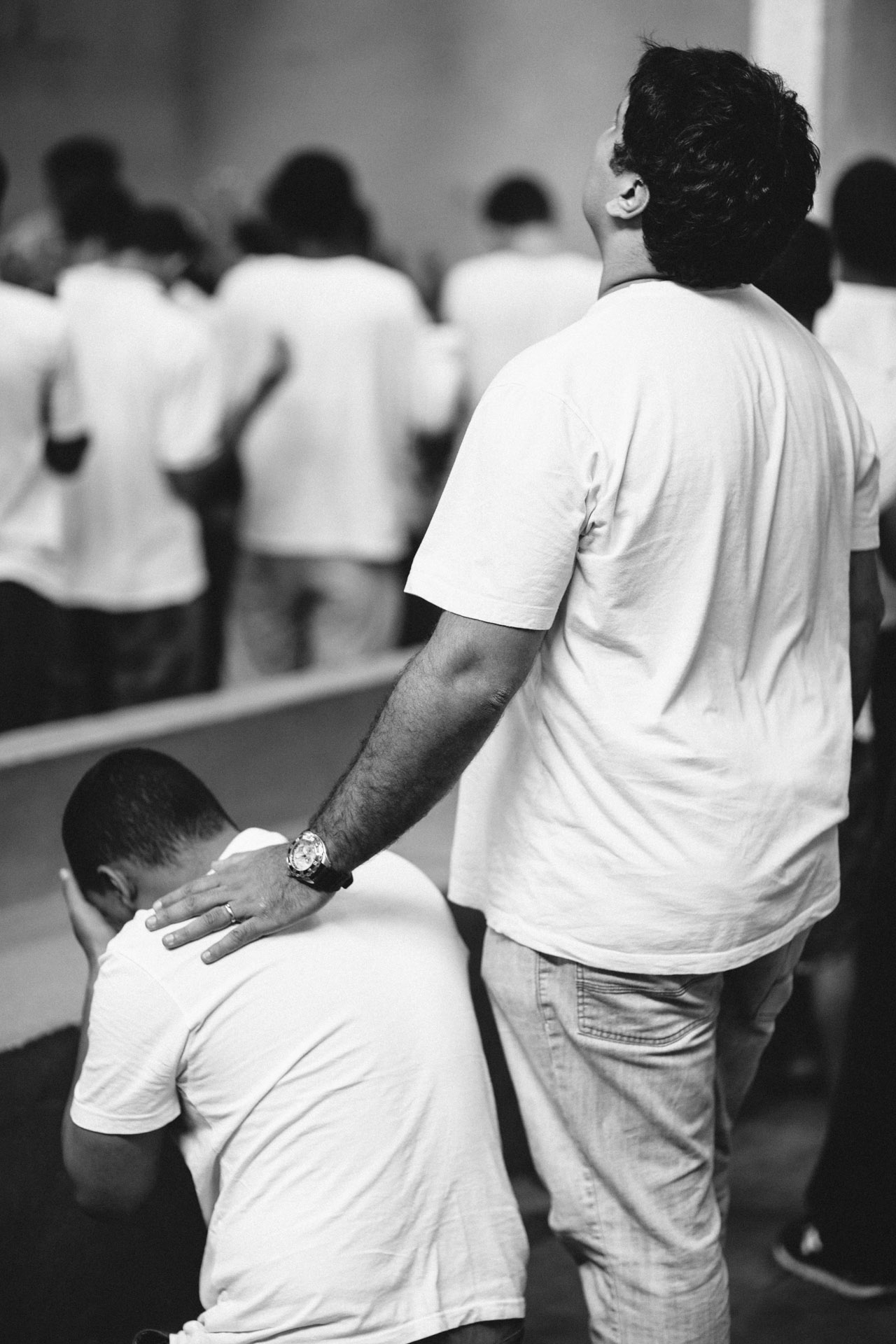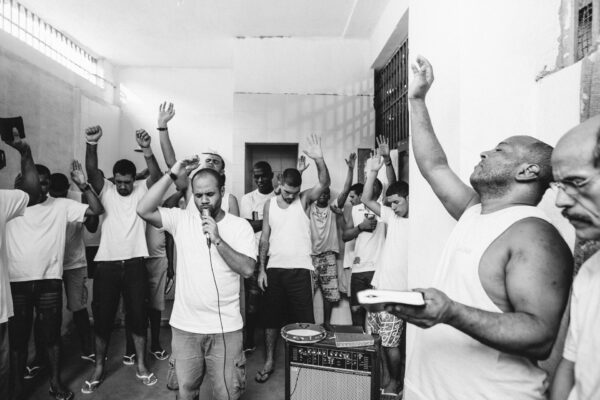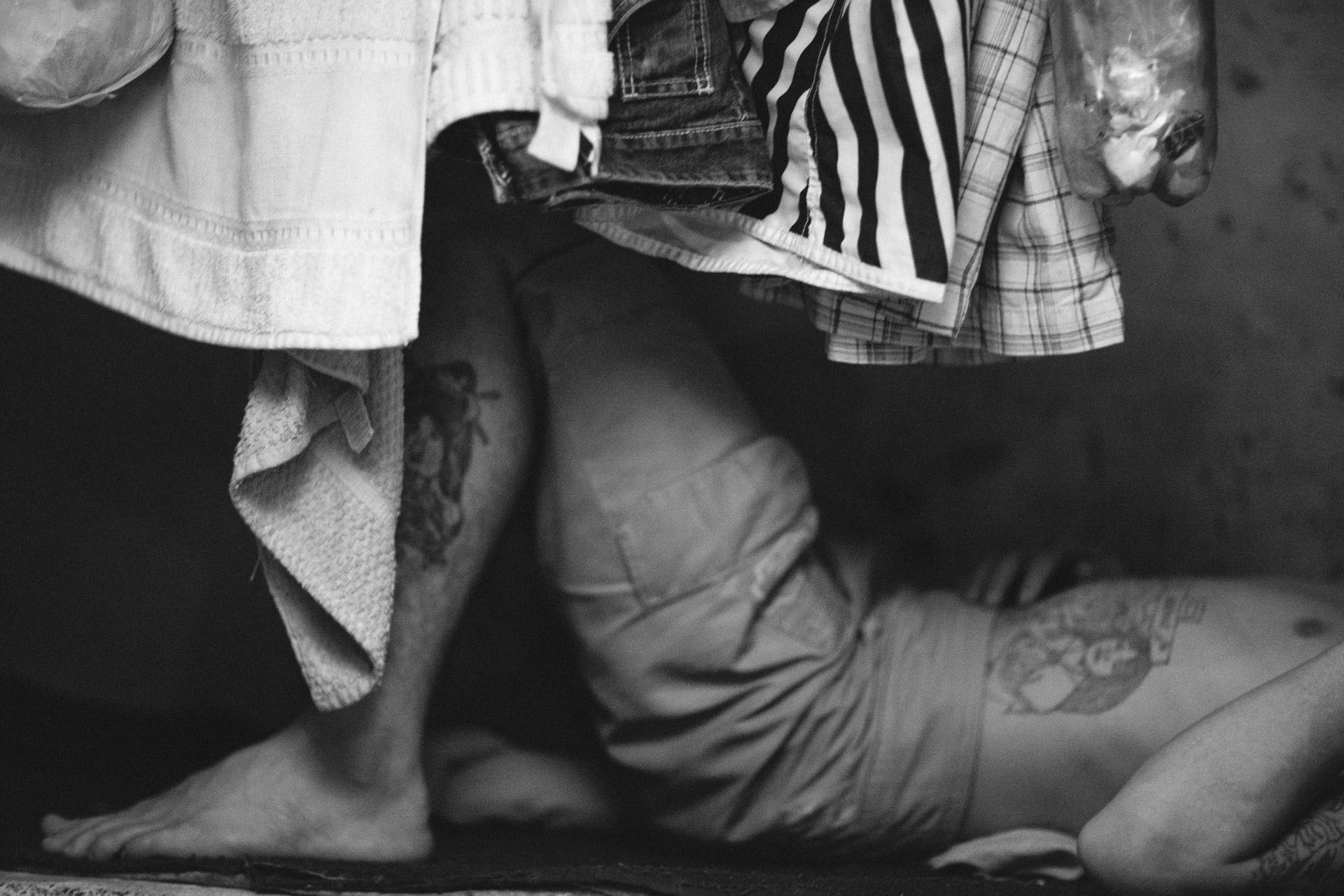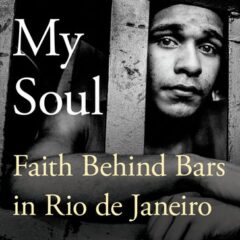It seemed like a good idea when I made the arrangements. But my heart was beating at double speed and I was filled with doubt, as a staff member handed me a pillow and set of bedsheets for my week-long stay at the prison. I slept in the same bunks with the men incarcerated in the prison, ate the same food, participated in daily soccer games, attended religious rituals and services and went through the daily routines as if I were an inmate, in order to collect ethnographic data for a project on religious practice inside of prison. My worry at the prison door proved to be unfounded, because in general, the men in my cellblock accepted me into their world for the week and were more than generous with their hospitality.
Studying religion as a social scientist is different than doing so as a theologian. Theology was important to my study, but I wanted to see how the men in the prison practiced their faith daily as opposed to asking them what they believed. Choosing to employ an ethnographic methodology provided me with an up-close look at religious practice. It also offered an opportunity to understand the prison context more deeply, specifically how both hope and despair were simultaneously present in the cellblock.
I was not a real prisoner during the fieldwork. I had not been convicted of a crime and I knew I could leave. Still, the time I spent behind bars at least gave me a taste of what it feels like to be imprisoned. By living in the prison, I learned things about prison life that I could not have by administering a questionnaire or through formal interviews.
Click here to find out more about methods for the scientific study of religion.
Four days into my stay, I vividly remember lying wide-awake on the top bunk in my cell unable to sleep due to my cellmate. I had never heard anyone snore so loudly for so long. As the entire bunk shook, I thought, “What if I had to spend ten years in this place?”
I previously wondered whether I could survive incarceration—maybe we all do at some point. Lying in the prison cell that evening, the question was no longer an abstract exercise. I was asking myself, “Could I handle ten years sleeping in this bed behind these bars?” I was overcome with despair just thinking about the hypothetical situation. Having spent four days in the prison, ten years seemed like an eternity. I kept thinking about what a tragic waste it would be for my life and what incredible pain it would cause my family. Those emotions—mixed with regret and remorse over my hypothetical crime as well as the pain that my actions had caused others—would be a torturous combination. I cannot pretend to understand how individuals cope with such thoughts, but when I woke the next morning I understood why there were no smiles in the breakfast line.
Ethnography allowed me to understand the despair many inmates experience in a way no other research method could.
But ethnography has its limits. When I give talks about the book and screened the documentary film based on the research, the question most frequently asked is some form of “Do the religious inmates continue to practice their faith once they are released?” I have to answer by saying, “I don’t know, the research methods I used did not provide the data needed to answer that question.” I would have needed to implement a cohort study and followed up with the men in the study for five years, ten years and maybe longer.
The ethnographic research, however, did allow me to see how faith was practiced behind bars.
My first experience with organized religion inside prison happened the evening prior to the snoring incident. After dinner, I went back to my cell to grab a sweatshirt before joining the nightly, never-ending domino game. On my way there, one of the inmates tapped my shoulder and told me, “Hey, the church is coming.”
Most evenings I spent in the prison were the same. One group of men played dominos, another watched melodramatic Brazilian soap operas, some of the younger inmates sat around strumming a guitar, and one inmate paced continuously from wall to wall, counting aloud hundreds of laps. To be honest, I was ready for a change of pace, and the service offered a break in the routine. We walked toward a side room where three volunteers from a local Assembly of God congregation stood dressed in blue jeans and T-shirts and armed with Bibles and an acoustic guitar. They shook hands and greeted a few regular attendees, unpacked the guitar, and almost immediately started to sing worship choruses familiar to everyone in the room.
 An inmate who had been convicted of a drug-related murder came to the service late and sat in the empty chair to my left. I had kept my distance from him because he was a bit of a loner who maintained a “tough guy” façade and started fights during the soccer games. During the afternoon work hours, I overheard him bragging callously about the homicide he had committed. He was the only inmate who called me “gringo” to my face and went out of his way to give me a hard time, so I wasn’t thrilled when he chose the open chair next to me. As the volunteers played the songs, all of the inmates stood up and sang along, but the young man on my left remained in his chair, detached and defiant.
An inmate who had been convicted of a drug-related murder came to the service late and sat in the empty chair to my left. I had kept my distance from him because he was a bit of a loner who maintained a “tough guy” façade and started fights during the soccer games. During the afternoon work hours, I overheard him bragging callously about the homicide he had committed. He was the only inmate who called me “gringo” to my face and went out of his way to give me a hard time, so I wasn’t thrilled when he chose the open chair next to me. As the volunteers played the songs, all of the inmates stood up and sang along, but the young man on my left remained in his chair, detached and defiant.
Once the music started, passion and emotion filled the room. A number of the men wiped tears from their eyes as they sang with their arms stretched to the ceiling, eyes squeezed shut, reaching out to an unseen God. During the chorus of the third or fourth song, I glanced at the man to my left. He was still sitting, but now his head hung low with his hands folded between his knees. His shoulders shook as he gently sobbed, and I could see tears form tiny puddles on his heavily tattooed arms.
After the singing, one of the Pentecostal volunteers gave a 15-minute sermon on a New Testament passage. There was no idle chatter during any part of the service, and after the closing prayer, the volunteers thanked the men for coming and offered to pray individually for anyone who asked. The inmates formed two- and three-person lines, waiting for their chance to stand face-to-face with one of the volunteers. When an inmate finished sharing his requests, the volunteer placed his hand on his head or shoulder and prayed aloud for the man’s family, upcoming parole decisions, or simply for strength to make it through the next week.
In an act that I would see repeated frequently during my fieldwork, once the prayer was finished the volunteer would tightly embrace the prisoner in a full five-second hug. Outside of the family visit and the soccer games’ high-fives, the post-prayer hug was the only display of physical affection between people I witnessed during the week. I don’t know whether the inmate I sat next to at the service submitted himself to the prayers and hug—or if he still participates in the religious services—but on that evening, the church made space for a vulnerable side of his and his fellow inmates’ humanity to surface.
Ethnography allowed me to catch a glimpse of the hope religion brought to some of the incarcerated men in a way no other research method could.
More Resources:
Studying Faith: Qualitative Methodologies for Studying Religious Communities
Book: If I Give My Soul: Faith Behind Bard in Rio de Janeiro
Documentary: If I Give My Soul: Pentecostalism in the Prisons of Rio
Photo Credit: Phil Anema
Andrew Johnson is a contributing fellow with the USC Center for Religion and Civic Culture.






